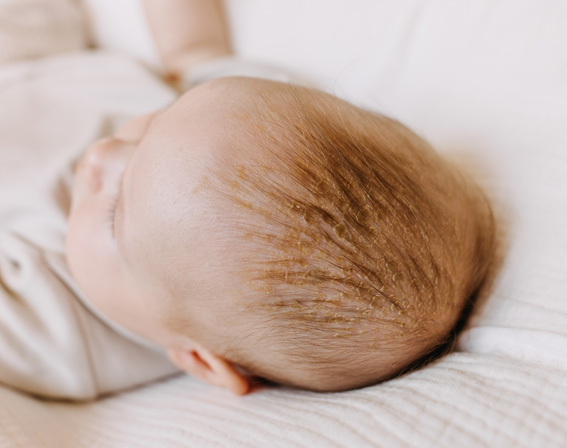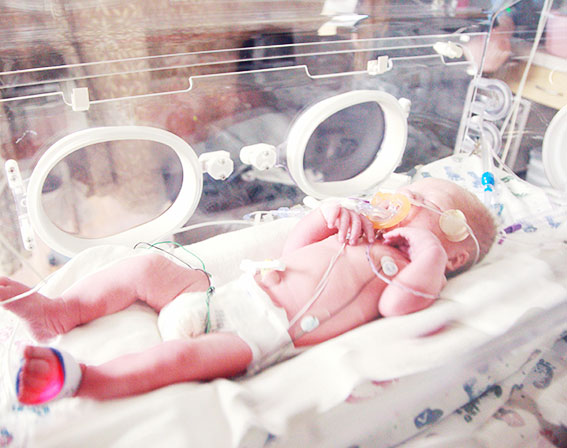Milchschorf oder Kopfgneis?
Die Bezeichnung „Milchschorf“ wird oft fälschlich für Kopfgneis verwendet. Tatsächlich sind viele Babys von Hautveränderungen betroffen, die an angebrannte, verkrustete Milch erinnern. Stammzellen können im Erwachsenenalter aus dem Knochenmark oder dem Blut gewonnen werden, sie können aber auch direkt aus dem Nabelschnurblut gewonnen werden. Rund 2 % aller weltweiten Stammzellenspenden stammen aus Nabelschnurblut.
Milchschorf oder Kopfgneis? Read Post »




